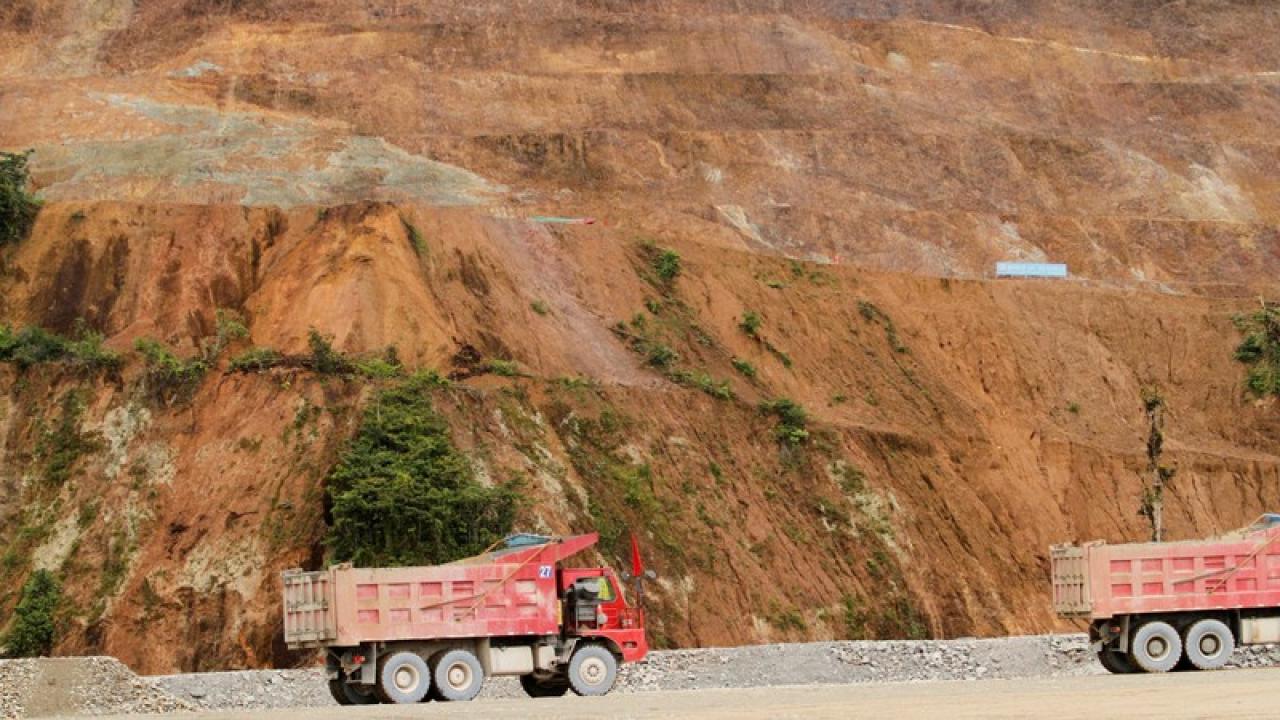
The agreement, which gradually reduces tariffs to zero over a period of 15 years, promises a significant impact on the costs associated with transportation, benefiting the agricultural-agroindustrial export sector.
From the port of Ningbo and bound for Guayaquil, a first batch of Chinese vehicles set sail yesterday Monday to Ecuador under the new Free Trade Agreement (FTA), marking the beginning of exports under this new trade agreement.
Previously, vehicles entering the country from China paid a 40% tariff, recalled Christian Cazar, manager of the Chery vehicle brand in Ecuador. Starting this year, the tariff will be progressively reduced from 2.7% annually, until reaching 0% over a period of 15 years, that is, in 2038.
It should be remembered that according to information from the Chamber of the Ecuadorian Automotive Industry (CINAE), the sale of Chinese cars increased in 2022. On average, four out of every 10 cars sold in the country are of Chinese origin.
On the other hand, particularly for the agricultural-agroindustrial export sector, which requires significant use of work vehicles to transport inputs to areas of difficult access and transfer products to collection or processing centers, the tariff reduction can mean a greater access to modern vehicles.
“This would reduce transportation times and, consequently, the costs associated with it,” said Felipe Ribadeneira, executive president of Fedexpor.
This is how it details that a large part of truck imports will no longer pay the 5% tariff, while work trucks will begin to have a progressive tariff reduction, which means savings for the acquisition of these vehicles.
“It encourages the renewal of the vehicle fleet in the country and encourages an increase in the availability of trucks and vans,” adds Ribadeneira. “There will also be a reduction in operating costs for exporters and logistics service providers in the export chain.”
There are around 600 exporting companies that benefit from the new trade agreement, since currently Ecuador's exportable supply to the Asian giant faces tariffs that total US$ 140 million and, on the other hand, what the Ecuadorian producer pays to Importing raw materials and capital goods from China amounts to US$300 million, according to Fedexpor
“Only consolidating exports to a small part of the Chinese market can be compared to reaching a new destination country for our exports,” said Ribadeneria.
This is because the economies of Ecuador and China are complementary. While Ecuador is a major global food exporter, China ranks as the world's second most important food importer. In turn, the Asian giant is a relevant exporter of capital goods and raw materials necessary to modernize production, while Ecuador does not necessarily produce all the inputs that its industry needs to modernize.
In this sense, the Ecuadorian Federation of Exporters estimates a cumulative increase, in the first five years of the agreement, of an additional US$ 1,000 million in non-oil exports.









